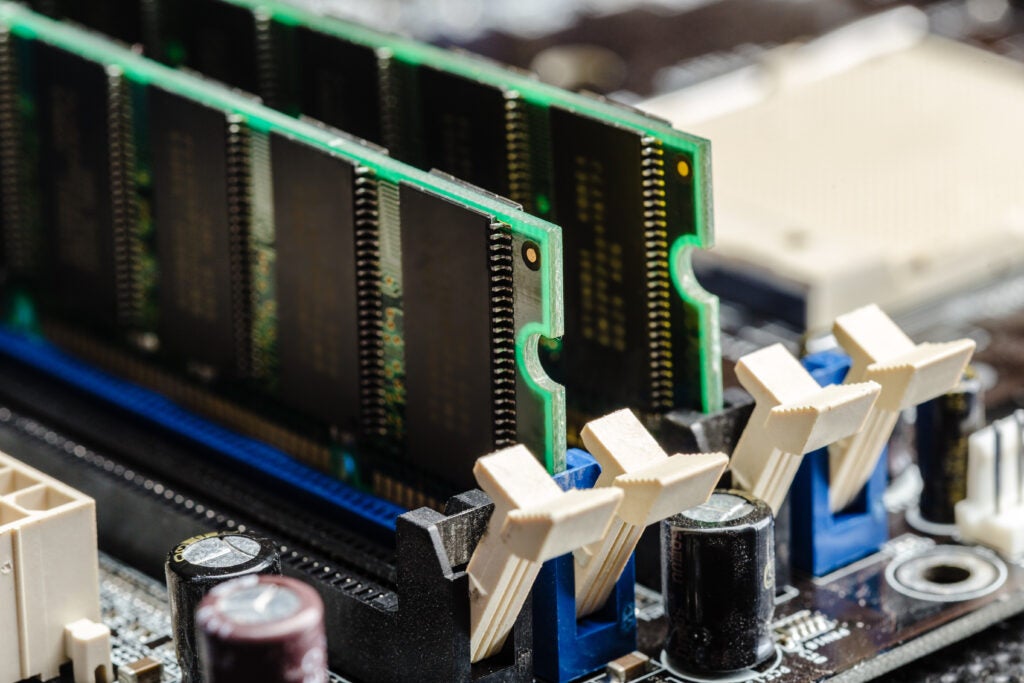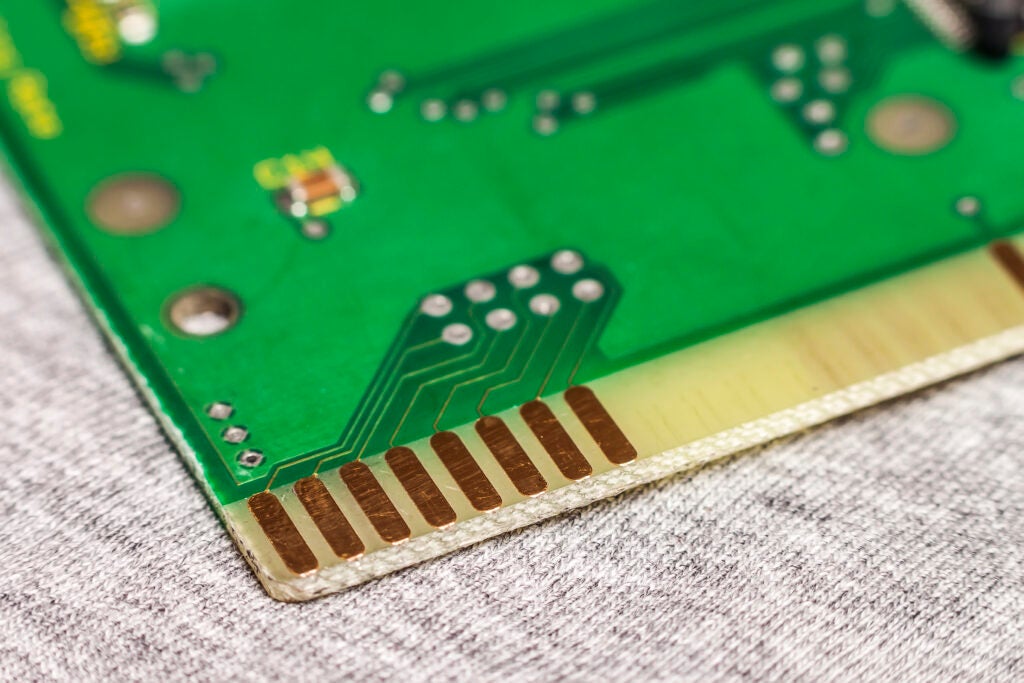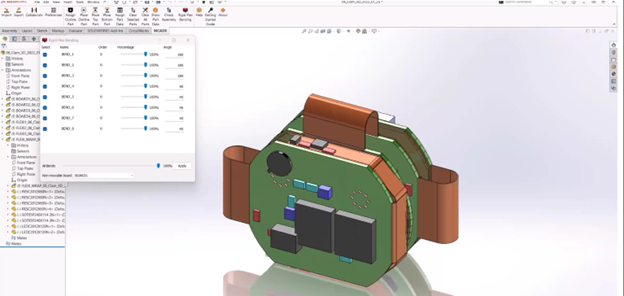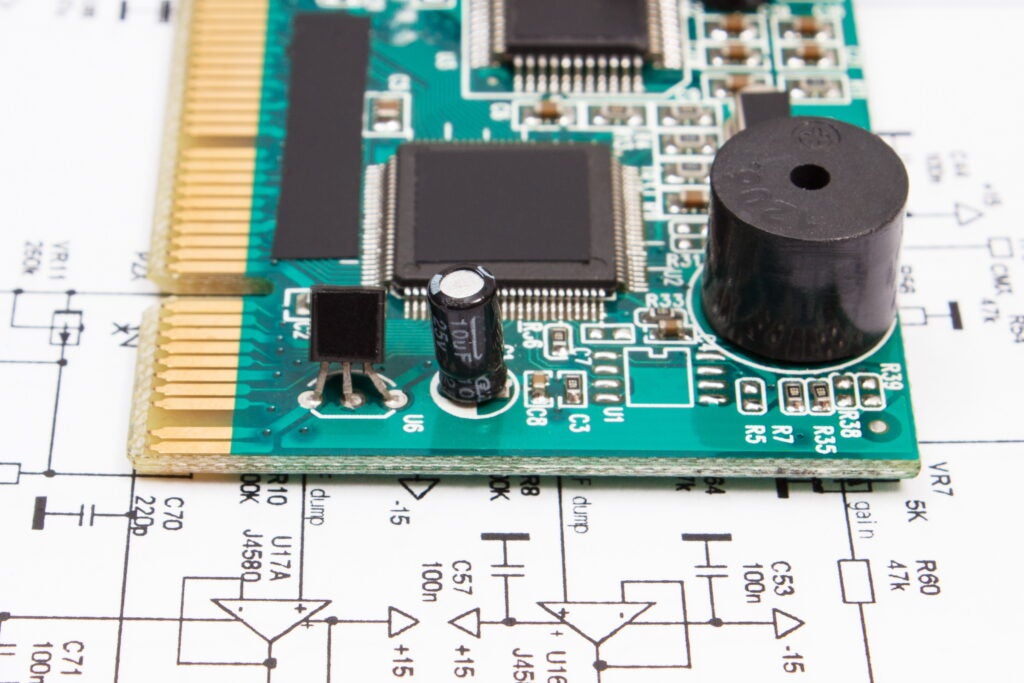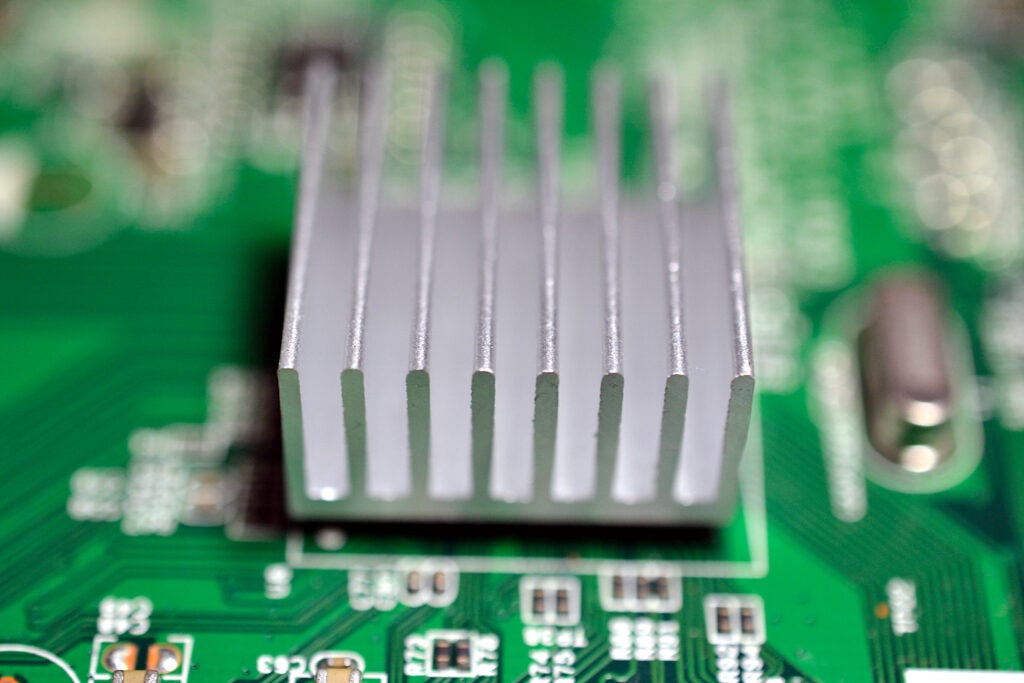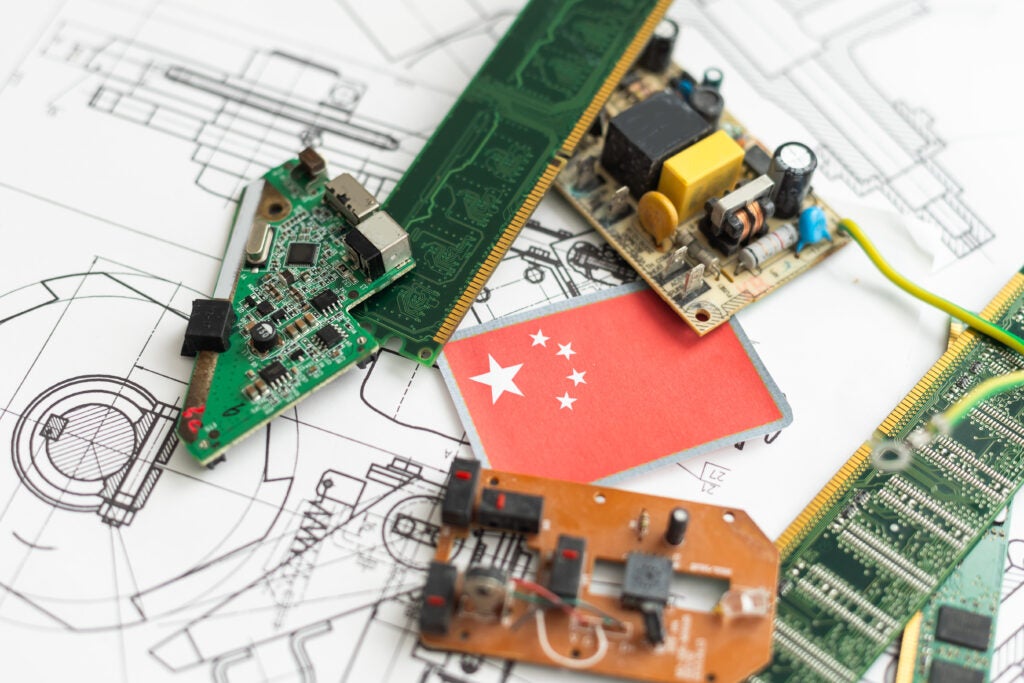
PSpice Can Visualize Spice Model Characteristics
In modern circuit design, the accuracy of simulation results depends heavily on the quality and fidelity of SPICE models, the digital twin of a physical component. PSpice’s SPICE model visualizer provides engineers with an intuitive yet powerful way to inspect, validate, and refine these models at a deep, device-level view. By exposing the mathematical and electrical parameters that define each component, PSpice serves as a SPICE model visualizer, bridging the gap between raw SPICE netlists and real-world circuit behavior.
Spice Model Visualizer in PSpice
The SPICE model visualizer in PSpice is designed to offer full transparency into the internal structure of SPICE models. It enables engineers to examine model parameters, equations, and dependencies to confirm alignment with physical characteristics and manufacturer data. Unlike a basic text-based inspection, PSpice serves as a SPICE model visualizer, organizing data graphically to make it easier to identify parameter relationships and analyze model behavior under varying conditions.
PSpice supports industry-standard model formats, including Level 1–7 MOS, BSIM3/4, diode, and BJT models, ensuring compatibility for legacy and advanced technologies. This makes it an essential verification tool for accurate analog and mixed-signal simulation workflows.
Using PSpice as a SPICE Model Visualizer
Model fidelity can vary widely depending on your source. A simple behavioral model might be sufficient for high-level system analysis, but for detailed circuit-level design, a high-fidelity, manufacturer-validated model (like a BSIM model for a MOSFET) is often required to capture subtle, second-order effects. Using PSpice to visualize and verify a model’s characteristics against its datasheet is the first and most important step in ensuring simulation accuracy.
Instead of trusting a SPICE model as a black box, you can use PSpice’s advanced analysis capabilities to actively characterize it. This involves building a test circuit in OrCAD X Capture, designed specifically to stimulate the SPICE model and plot key performance parameters for direct comparison with datasheet graphs. In this circuit, we will isolate the component under test and connect it to controlled PSpice sources (Place > PSpice Component > Source).

PSpice Source Options
| Visualizing and Verifying Model Characteristics with PSpice | |||
| Analysis Type | Goal | Methodology | Key Parameters Visualized |
| DC Sweep | Validates static current-voltage (I-V) characteristics. | Varies a DC source over a defined range and calculates the response at each point. A nested sweep can generate a family of I-V curves for devices. | Breakdown voltage, forward voltage drop, on-resistance (Rds_on), saturation behavior. Results are visually compared to the datasheet I-V graphs. |
| Transient Analysis | Validates dynamic switching and time-domain responses. | Uses a time-based source (like a VPULSE) to drive the component's input and simulates the circuit's behavior over time. | Rise time (tr), fall time (tf), propagation delays, and other timing parameters. Results are compared to the datasheet's switching characteristics table. |
| AC Sweep | Validates gain and phase response versus frequency. | Uses an AC source (VAC) and simulates the circuit's response over a frequency range to generate a Bode plot. | Gain-bandwidth product, Unity Gain Bandwidth, phase margin, and other AC performance metrics. Results are compared against the datasheet frequency response plots. |
Visualizing Analog vs. Digital Model Characteristics
PSpice’s strength as a SPICE model visualizer lies in its ability to adapt to the specific needs of both analog and digital component validation. The type of analysis you choose directly corresponds to the characteristics you need to verify.
- For Analog Design: Use AC Sweep analysis to generate Bode plots, which visualize frequency-dependent characteristics such as gain-bandwidth product and phase margin. Use DC Sweep to plot I-V curves, visualizing static parameters such as saturation and on-resistance for direct comparison with datasheet graphs.
- For Digital & Mixed-Signal Design: Use Transient Analysis with a pulse input (VPULSE) to visualize output waveforms over time. This allows you to measure discrete timing parameters like propagation delays, rise times, and fall times, for direct comparison with datasheet switching tables.
By selecting the appropriate analysis, you can effectively use PSpice to visualize the performance aspects that matter most for your design.

Pulse Source Setting for Transient Analysis
Addressing Model Discrepancies
If your visualization process reveals that a SPICE model’s behavior deviates significantly from its datasheet, the next steps are:
- Verify Your Test Bench: First, double-check that your simulation setup and stimulus conditions precisely mirror the test conditions specified in the manufacturer’s datasheet.
- Understand Model Fidelity: Check if the manufacturer provides a more complex, high-fidelity model for demanding applications.
- Create or Refine a Model: For ultimate control, OrCAD X PSpice provides tools like the Modeling Application and PSpice Model Editor, allowing you to create your own high-quality models directly from datasheet parameters.
With PSpice, you can ensure that the SPICE models used in your simulations provide a trustworthy foundation for your design decisions.
